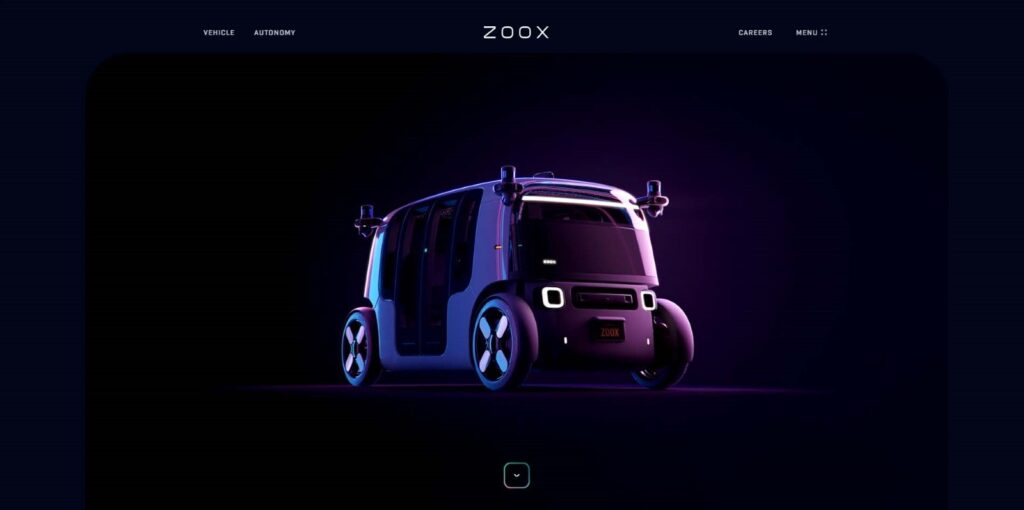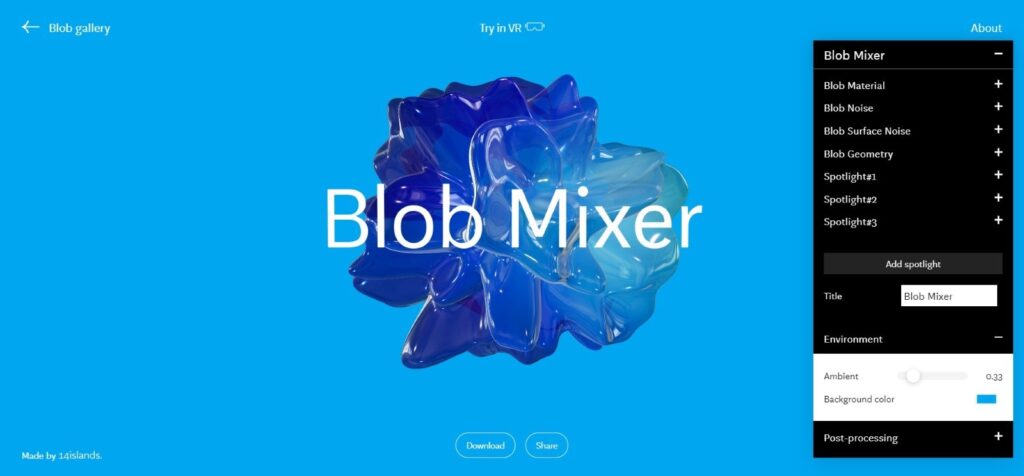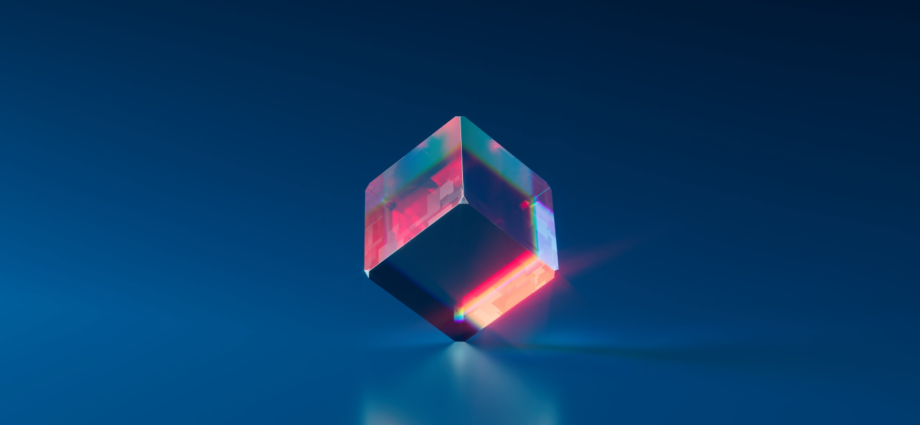How 3D Websites Will Dominate Tomorrow’s Online Landscape
The digital landscape is shifting, and the future of website design is looking increasingly three-dimensional. Web pages that not only captivate your eyes but also engage your senses—almost like reaching out and touching the screen.
It’s not science fiction; it’s the REALITY we’re stepping into.
Imagine scrolling through a website and encountering not just flat images but lifelike renderings that seem to pop off the screen.
These are the exciting times we’re in, where 3D interactive elements are no longer confined to gaming or specialized platforms but are becoming the norm in web design.
From Pixels to 3D Tangible Touch

Gone are the days of static 2D designs dominating our online experiences. Today, web designers are revolutionizing the virtual realm, infusing a touch of realism into the otherwise flat digital world. Interactive 3D websites have transcended boundaries, making appearances on websites in ways we never thought possible. What’s fascinating is how diverse industries are leveraging this design trend to breathe life into their online presence.
The New Normal of Engagement
Luxury brands like Gucci aren’t just showcasing high-end products; they’re offering an almost tangible feel to their goods through 3D renderings. Digital design agencies are inventing “blob mixers” that defy traditional shapes and forms, encouraging users to play and explore.

Even your morning cup of coffee is getting a 3D makeover, allowing you to visualize the product before purchase. These aren’t just design elements; they’re gateways to deeper user engagement and immersive experiences.
A Future of 3D Websites

Why the sudden surge in 3D websites, you ask? Well, it’s not merely a trend; it’s a sneak peek into our future, where our online and real worlds merge seamlessly. Fueled by technological advancements and a desire for more interactive experiences, we’re witnessing the dawn of a new era where the internet is no longer flat—it’s three-dimensional. AR and VR technologies are paving the way, breaking the barriers between physical and digital realities, creating a holistic space where everything is clickable, interactive, and vividly real.
Why Do You Need 3D Websites?
The world of 3D web design is a playground of possibilities, a canvas where creativity knows no bounds. It’s not just about making things look pretty; it’s about crafting experiences that leave users in awe. These 3D websites aren’t just websites; they’re gateways to immersive adventures. Let’s explore why this revolutionary design evolution must be implemented to your website.

1. Captivating Visuals Beyond Imagination
Step into a world where visuals aren’t just seen; they’re experienced. Imagine product showcases that feel as real as holding the item in your hands, architectural marvels that transport you to distant lands, or storytelling experiences that pull you into their narrative web. 3D websites are transforming how we perceive and interact with digital content, raising the bar for visual storytelling and aesthetic appeal.
2. Engage and Interact
It’s not just about looking; it’s about touching, interacting, and exploring. Unlike their 2D counterparts, 3D websites invite users to be active participants rather than passive observers. Virtual tours, interactive product configurators, and dynamic elements awaken curiosity and encourage users to immerse themselves in the experience, leaving a lasting impression.
3. The Art of Storytelling in 3D
Brands are not just presenting; they’re storytelling. Through immersive narratives and captivating visual journeys, brands forge emotional connections with their audience. It’s not just a showcase; it’s an experience—a journey that leaves a lasting imprint, fostering stronger brand loyalty and engagement.
4. Enhanced E-commerce Experience
Empower online shoppers with an immersive 3D product experience. Instead of static images or videos, 3D graphics enable customers to interact, zoom, rotate, and customize products in real-time. This interactive exploration helps buyers make informed decisions, amps up engagement, and boosts conversion rates. By providing a comprehensive view, it also reduces returns and amps up satisfaction.
5. Using AI for 3D Website Rendering
A collaboration of AI and 3D rendering will certainly revolutionize web design. Artificial intelligence streamlines 3D graphic creation, automates tasks, and refines details. This collaboration not only speeds up the design process but also crafts more realistic visuals, elevating web design innovation and enhancing user experiences.
The future of web design isn’t just about aesthetics; it’s about capturing beauty with usability. However, the rise of 3D websites heralds an exciting era in web innovation. Digital marketing companies like Laudco Media embrace this evolution, crafting immersive 3D websites that captivate audiences. With a commitment to merging creativity and functionality, they lead the charge toward a future where web experiences go beyond imagination.

